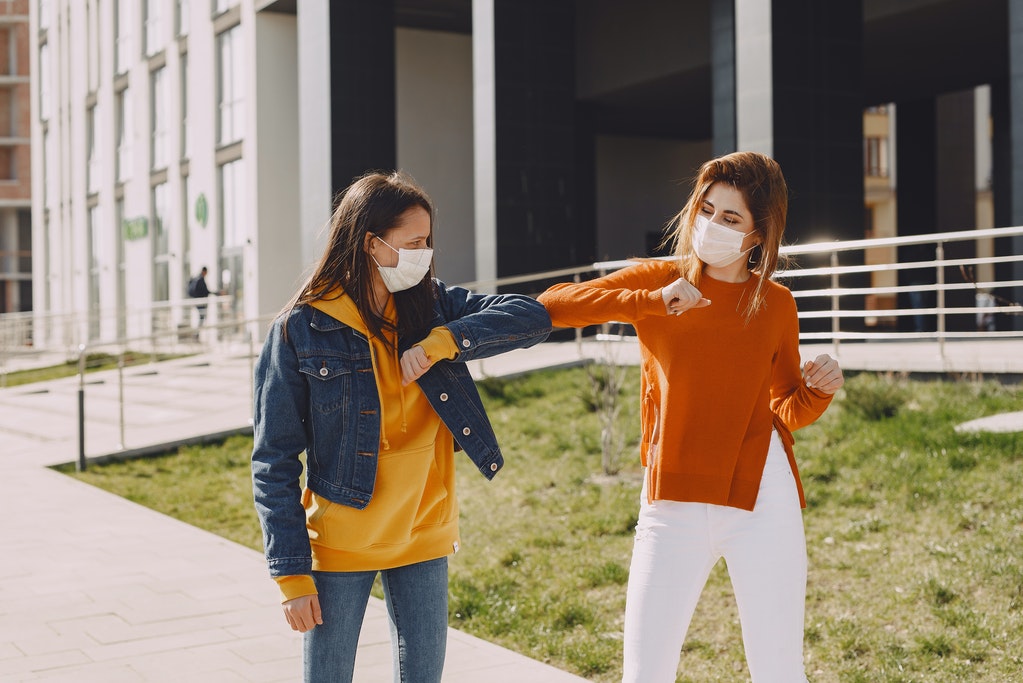A new COVID-19 study reveals that The “6-foot-rule” social distancing does not provide your defense against the virus. The rule says you should be at least 6 to 60 feet away from an individual to guarantee that you are safe.
Key Points
- There is a risk that Covid-19 can be exposed on the floor 60 meters as often as it is 6 meters in the mixed air space.
- Too many considerations for the exact measurement of airborne transmission risks, including time, mask use or ventilation speeds, were omitted from existing safety guidelines.
- The long-held question of Bazant and Bush Covid-19 guidelines propose a distance of 6 feet from each other.
Researchers at the Institute of Technology of Massachusetts (MIT) have found that there are doubts as to its impact in terms of COVID-19 defense in the “6-feet-rule.”
In a previous interview with CNBC, Martin Bazant, Professor of MIT Engineering said that social distancing does not have such an impact on an individual.
This also provides the people with a „false sense of safety,” since they know that if they are 6 or 60 feet inside, they will be secure.
Bazant added that every individual shared the same risk irrespective of distance.
The study entitled The Proceedings of the National Academy of Science (PNAS) of the United States of America issued a “Guideline on Limiting Indoor Airborne Transmission of COVID-19.”
Within it, scientists calculated a person’s COVID-19 exposure risk. Factors like air traffic, air infiltration, and a person’s spending time within considered.
Furthermore, other factors such as breathing, voice, breathing, food and mask use, and immunization have been identified.
Related: COVID-19 Changes in the Private Equity Sector
What the Study Found Out
The group discovered that the amount of time spent on social distance is less important. The researchers note that the Word Health Organization and the Centers for Disease Control and Prevention skipped the important result, New York Post reported.
Bazant stated that the air an individual respires rises and stretches around a room. The exposure to the virus is increased in this example.
“The fact is that many spaces that have already been shut down do not even need to be shown by our research. Often the room is large enough, ventilation is good enough, the time spent together is so large that even when the capacity is complete, these spaces can be run safely and there is not very good scientific evidence for reduced capacity there.
He described the six-foot rule as “unreasonable” in social distancing. He said that they need science-based on detailed analyzes and should not frighten the public.
The researchers decided to point out that the recommendations on social distance are not taken into account at the very beginning as the big health organizations have not further justified them.
Though knowing the social distance, we are only told that a person will probably infect a person nearby with droplets if he/she sneezes or coughs.
Bazant said that the safety difference, which concerns the zero and six-feet distance, was not mentioned in the report.
In the light of the mask to shield people against the droplets, the researchers concluded that those who pass COVID-19 tended to display symptoms such as sneezing and coughing.



